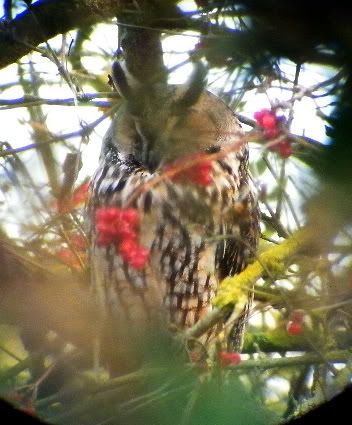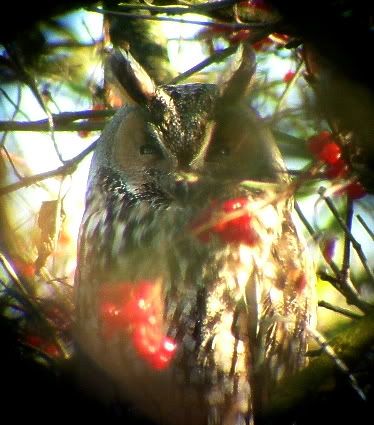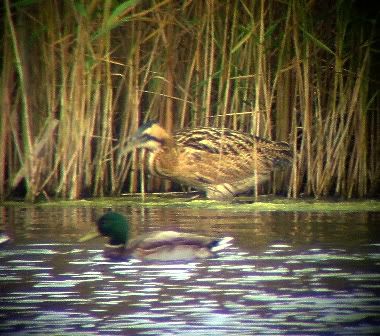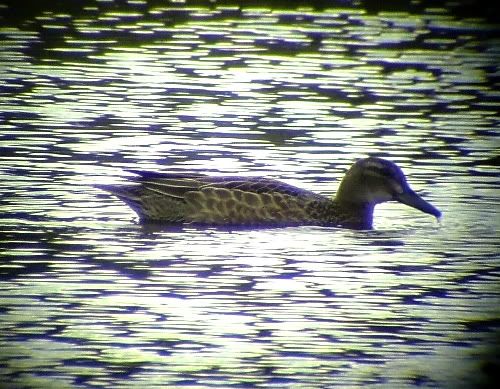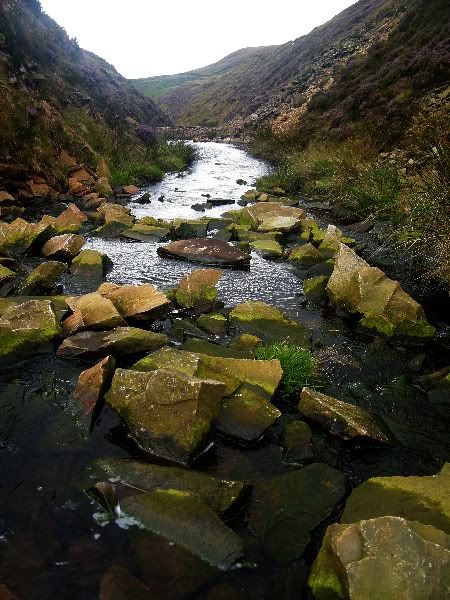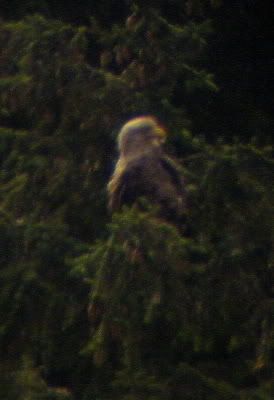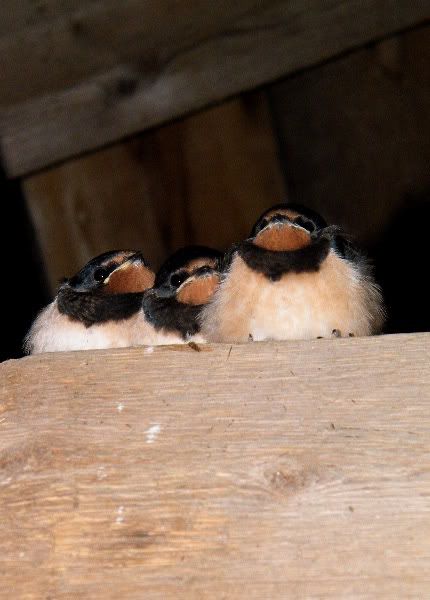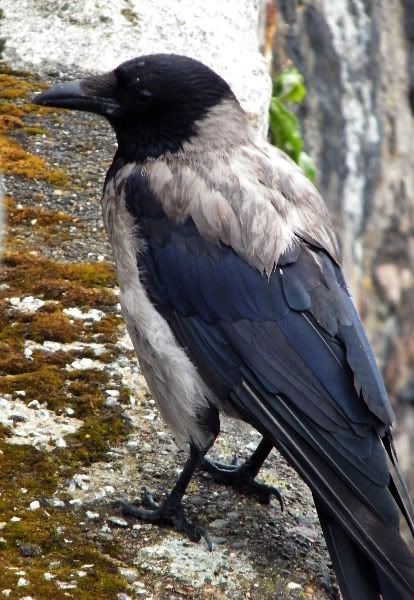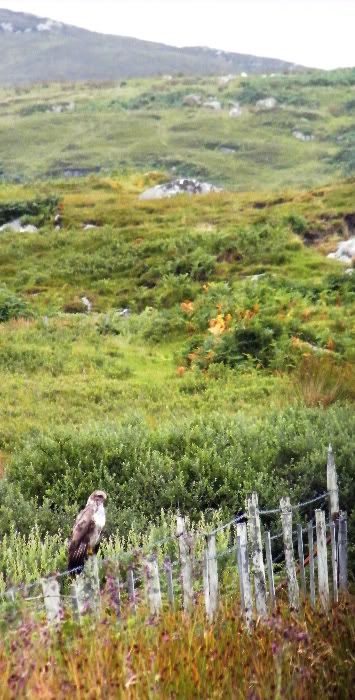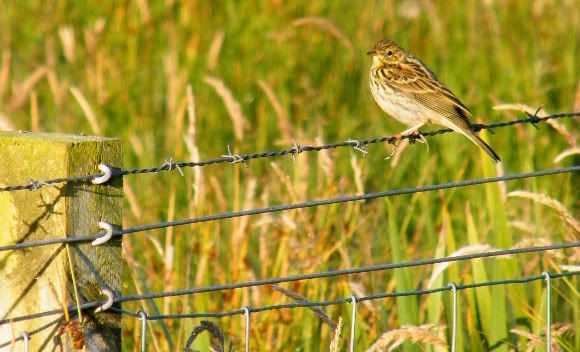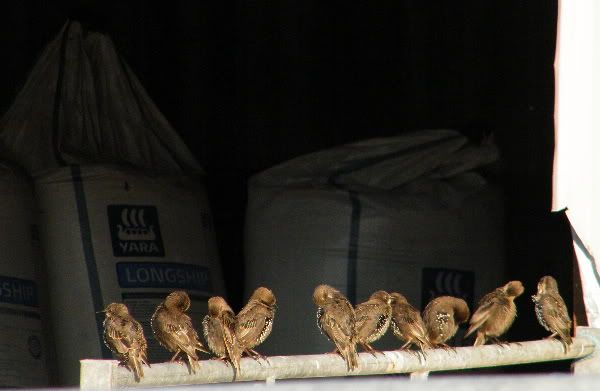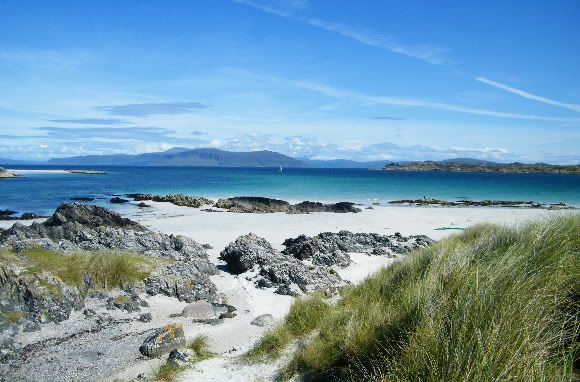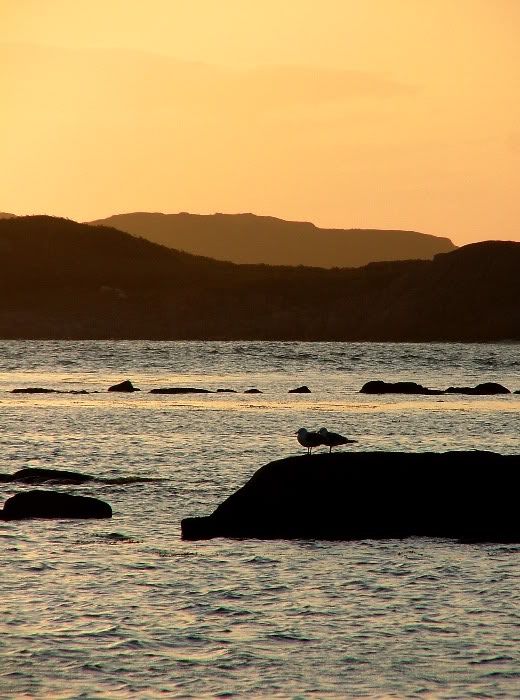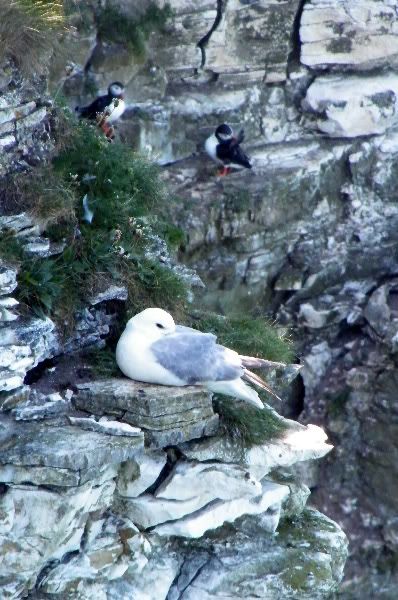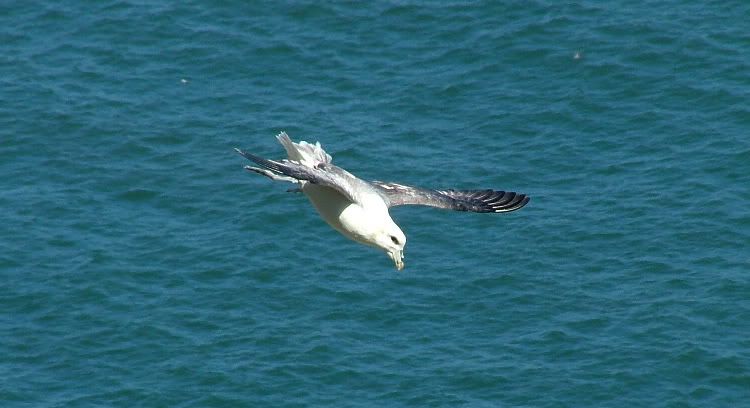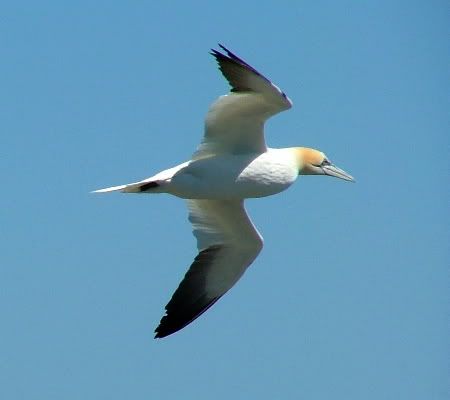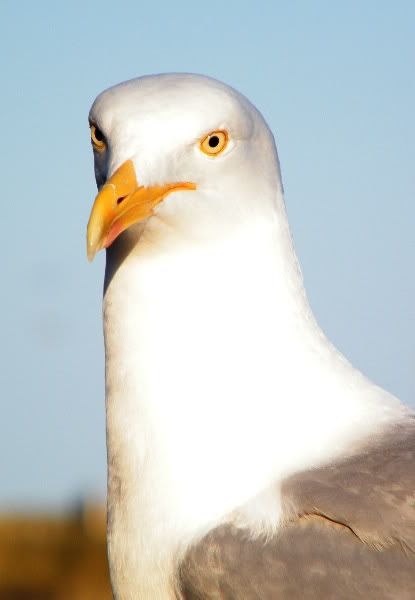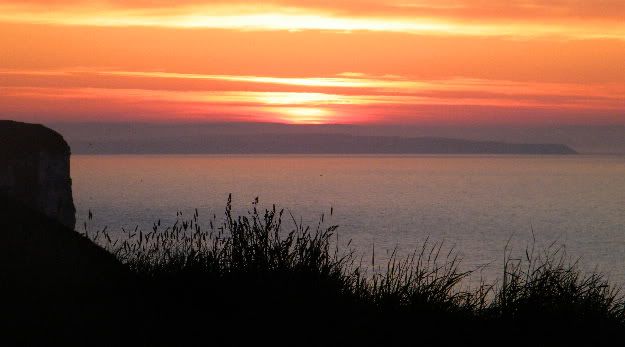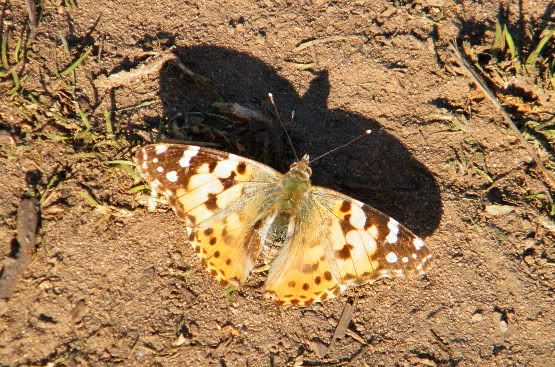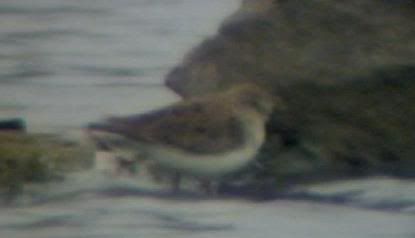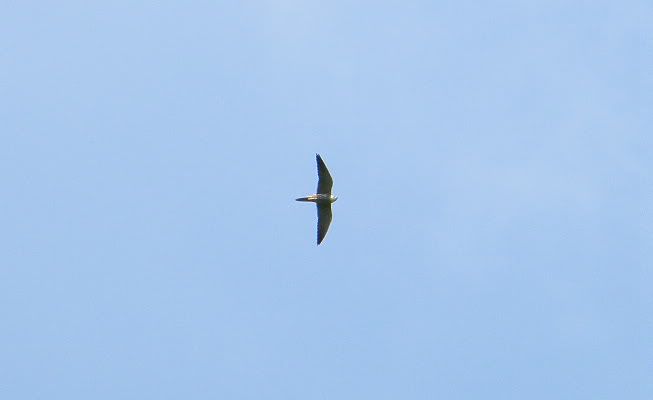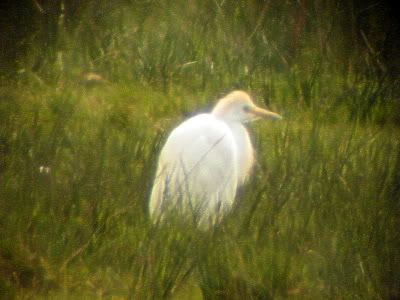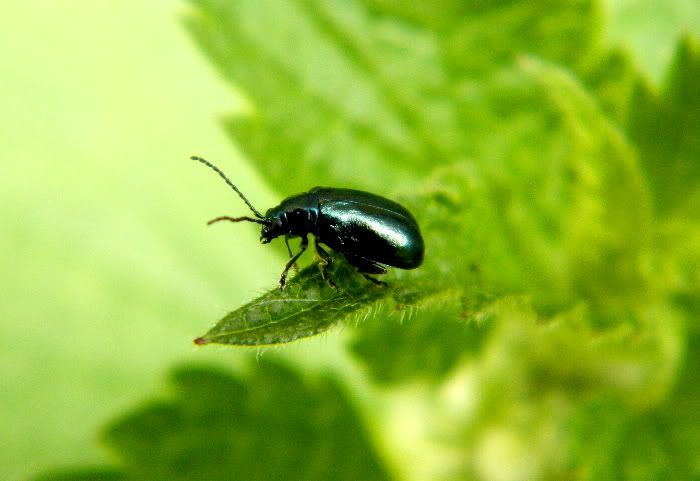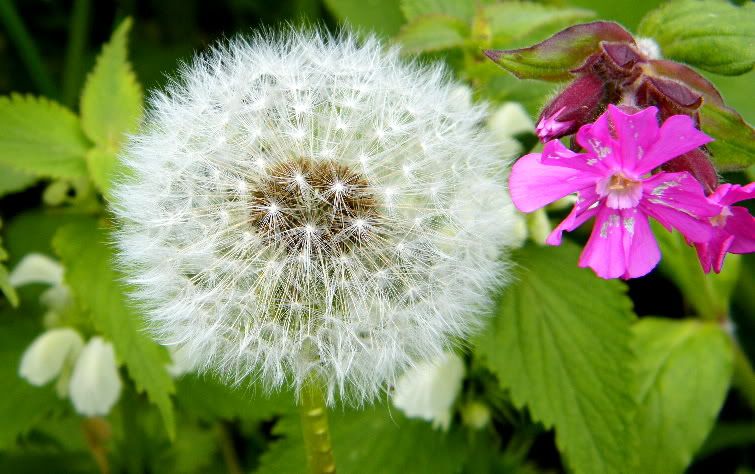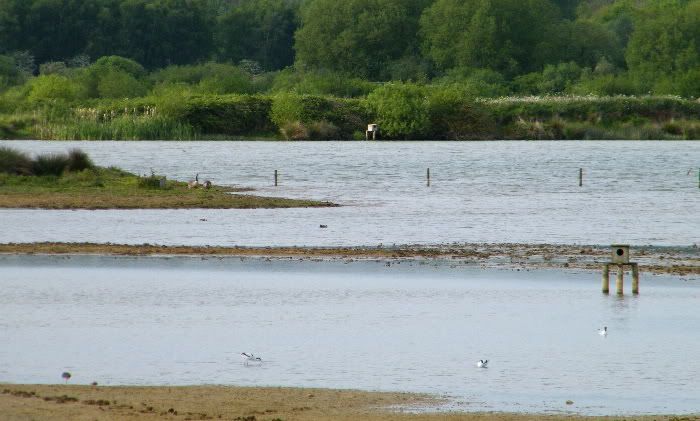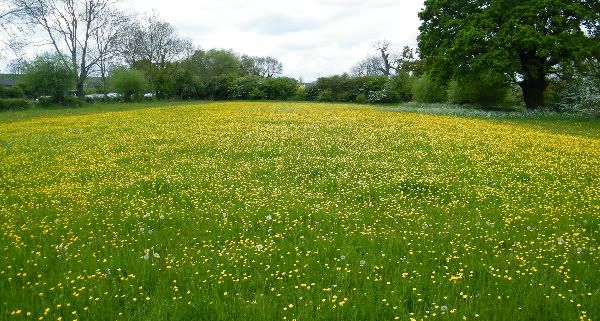Cute, huh?
Donna Nook of course, we had a trip out there with our fellow RSPB crew at Carsington. Amazing place, the numbers say it all; 842 seal pups, 955 cows and 344 bulls. All sorts of stories going on with them, to left and right there were new borns, suckling mums, mums ready to give birth, beachmaster brutes fighting for mating patches, and abandoned pups not yet driven to the sea by their hunger. Real wildlife spectacle this one. Zillions of people around too, which makes sense because these few weekends are the best for visiting the colony and it really has to be the weekend because access to the beach is closed for the RAF flyboys to do their bombing practice across the mudflats. These mega visitor numbers make for an odd carnival feel to the whole thing, burger vans and portaloos aren't found at many nature spectacles, so all it's a world of difference from the cold solitudinous suffering that makes for most birding trips at this time of year. Shan't complain about that. The long walk from the dunes to the shore with the low tide does ask a little bit of work from you, which is an effort altogether worth making because there's action far out there, lots of fighting and mating in shallows you miss if you're afraid to get your boots a bit muddy (well... a lot muddy!).
Bird-wise there was always a distant passage of waders, dozens of Curlew, Redshank, Knot, and Brent Geese are always good to see, Great Black-backed Gulls presumably patrolling for afterbirth were nice too. Singles of Turnstone and Sanderling fought the winds down on the shoreline. Bird of the day was a single male Snow Bunting (#226) that overflew during the long trudge across the mudflats. The highly distinct black and white of the wings making for a very welcome, very easy to ID passerine fly over, and for me, a lifer!
After the many dramas of the Grey Seals we took to Rimac for a brief afternoon visit. The potential for Hen Harrier, Short-eared Owls and other top class birds is clear, the best we could muster was a noisy cloud of Twite, a faraway Little Egret, a Sparrowhawk, and Stonechat. A quiet visit then but the saltmarsh not without scenic beauty, well in the right light anyway.
Lots of pictures taken by girlfriend and me, and I've struggled to edit them down to just a few, so here's lots of thumbnails (click to enlarge):
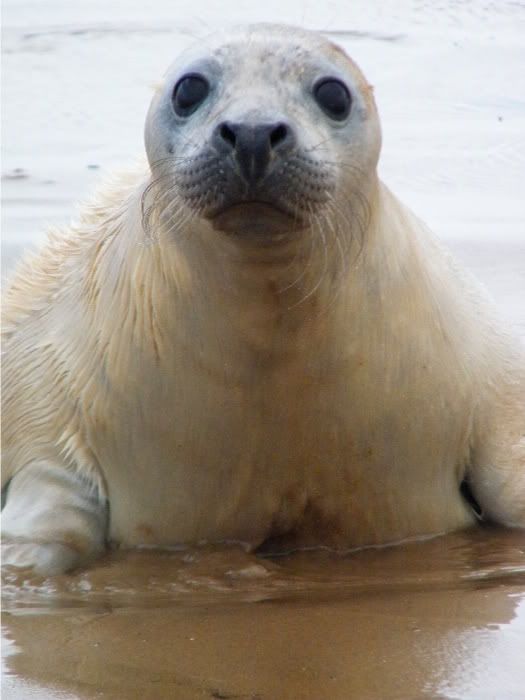


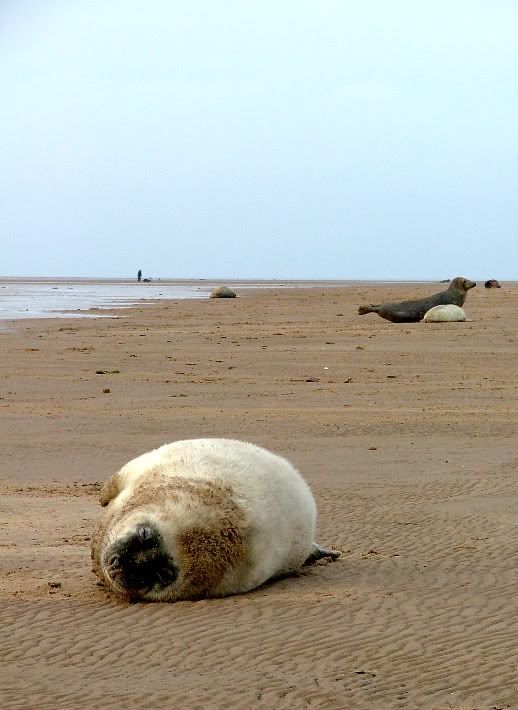
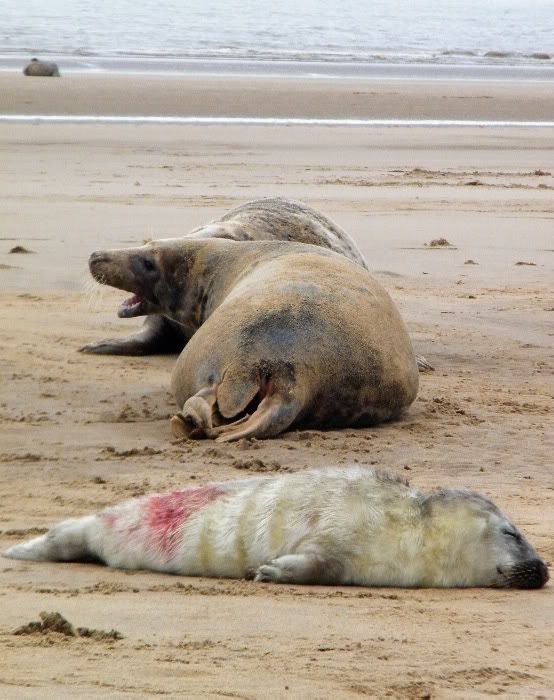
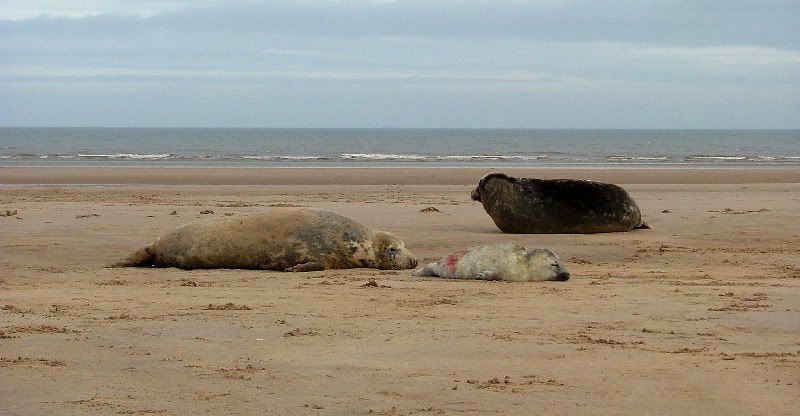
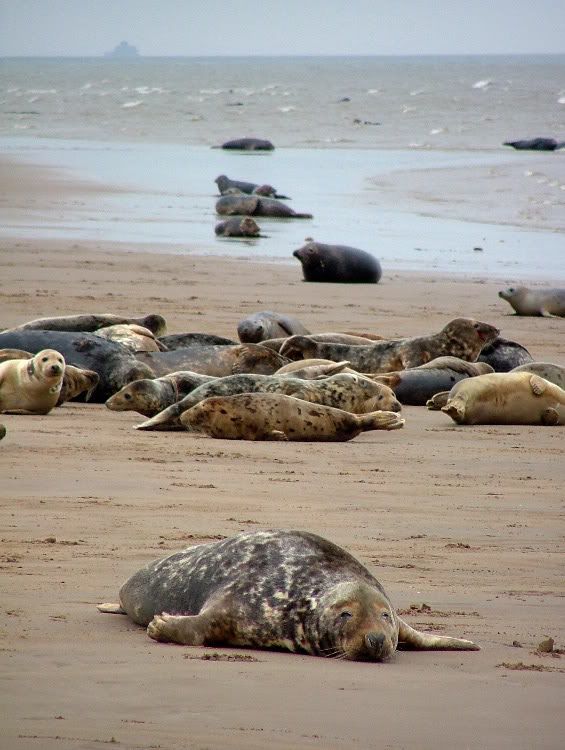




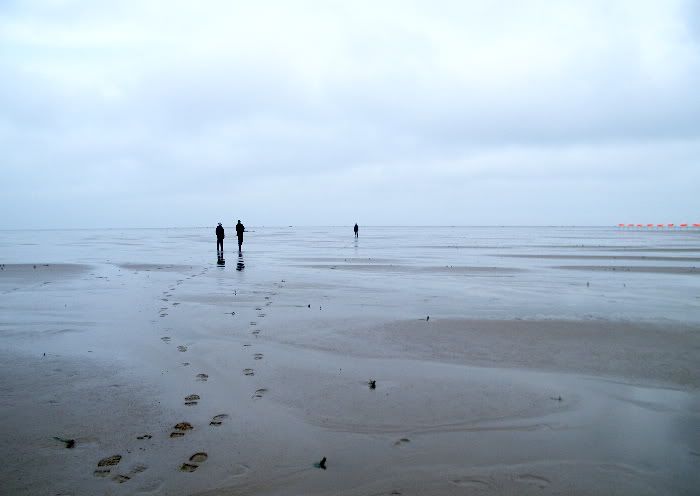
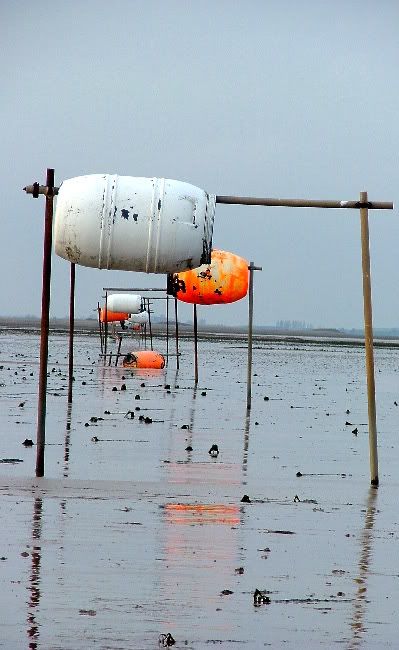
Plus bonus videos taken by the girlfriend:
The Seal Scene
Fresh Born Pup

